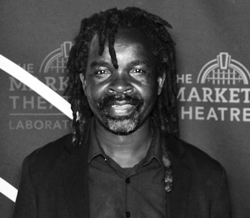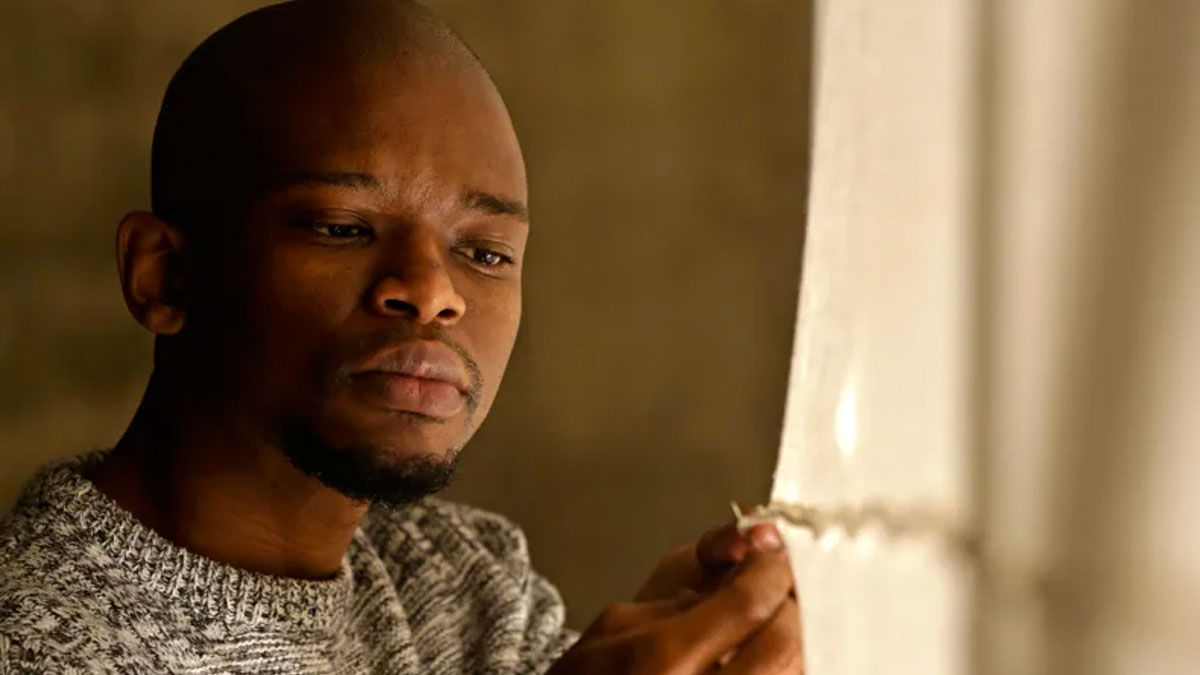Visual artist Wezile Harmans’s solo exhibition Do Not Trust the Borders at UJ Art Gallery interrogates the issue of borders
By Edward Tsumele, CITYLIFE/ARTS Editor

The issue of migration is a contentious one at any given time for any country in the world right now. Therefore interdisciplinary artist Wezile Harmans’ current solo exhibition on at the University of Johannesburg Art Gallery on Kingsway Campus is spot on. Evocatively titled Do Not Trust the Borders, the title itself in many ways point towards the direction of what his thinking is when it comes to the issue of borders. Today every country, particularly the ones that are wealthier than their neighbours try by all means to keep out people from the other countries in the name of protecting their country.
However in Africa, the issue of borders is not a straight line. To start with the borders in Africa themselves in the main are actually not what you would say were drawn through a formal legal process as the colonialists who decided in the 1880s which people belonged to which part of the land in Africa did not think of the Africans’ interest, but theirs, resulting in a chaotic way of drawing the line as to say which people belong where. They were interested in claiming Africans and their lands for themselves to serve imperial interest. Now that legacy of a chaotic process is left for Africans to deal with it long after the departure of the colonialists.
But that is at a global level, but zooming in on South Africa, when the Boers and the English occupied Western Cape, later with Boers trekking into the interior of the country, they displaced indigenous people they found, again redrawing borders without any form of negotiation.
Booking.comAgain when the National Party became the government in 1948, through the apartheid policies, they created both psychological and physical borders between black and white South Africans as by law the people were forced to live separately, again creating further borders among South Africans.
“In a way this is how I interpret Wezile’s exhibition. He is grappling with the issue of the borders and their aftermath. Today in contemporary South Africa, there is talk of borders that are being created between South Africans and Africans from the rest of the continent. However, Wezile’s art works are also told in a beautiful way. He himself, having known him seven years ago for the first time, he was a dancer and not a painter. But today having transitioned and crossed a border between painting and dance, he continues to grapple with the issue of borders even within the arts discipline,” said historian and academic Nicholas Southey at the opening of Do Not trust the Borders recently.
And indeed those who attended the opening of the exhibition were treated to a dance session by the artist, again demonstrating that when it comes to his art practice, he does not respect borders.










